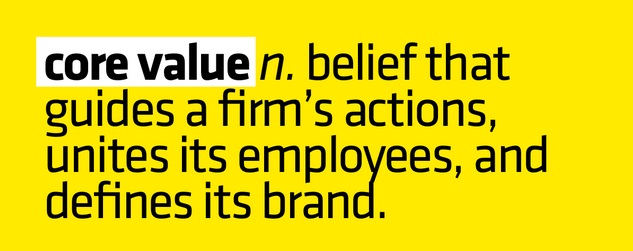
Through the years, I have been in healthcare leadership positions located in settings that are as culturally diverse as they are geographically. Areas as different as the temperate and sunny but traffic congested city of Los Angeles; the quiet, and beautiful but often resource scarce, farm and ranchland of rural Oklahoma; and the exciting but very crowded international commercial center of Shanghai, China.
What I have found from living and working in these places and becoming acquainted with so many beautiful, but seemingly very different and diverse people, is that healthcare consumers are not as different as they first appear.
What I have discovered is that healthcare consumers are customers and that when you boil everything down, what they want is the same as any other customer. They all want convenience, short waiting times, cleanliness, comfort, safety, respect, courtesy, organization, competency, honesty, confidentiality, clear communication and good results.
I realize the aforementioned customer preference descriptors are very common and general in nature and maybe not very helpful unless they can be translated into understandable specifics which can then be implemented into the daily actions and behaviors of our organization. We want to put them on an operational improvement check list and then check them off one by one. If is tangible, concrete and it feels good to check those boxes; a feeling of tangible accomplishment. But I have found that as important as the tangible operational improvement check list is, what is more important are the intangibles and how do we make our customers feel. Because like it or not the bottom line for our organization’s brand and image and ultimately the very success of its mission is how do our customers feel after they use our services and how does this compare to how they felt before they entered our doors.
We are all emotional beings with numerous feelings inside, so how our customers feel after visiting us is not just about their physical condition but also about their emotional and mental well-being. Operationally there are many things we can do to address and improve the tangible parts of our facilities and make the lobbies more beautiful, the front desks and hallways tidier, the furniture more comfortable, the rooms quieter and more private, the medical information secure and confidential, etc., etc.., but what about the intangibles? How do we make our customers feel respected, feel cared for, feel heard, feel important? How do we make our customers feel that we will take care of them and thus make them want to come back again?
Healthcare is still a service industry, not a manufacturing industry. Operational efficiency will only take us so far. Customer Service is created by the people inside our facilities, by what we do and how we do it. In other words, it is dictated and driven by “Our Culture” and as the famous business management guru, Peter Drucker once said, “Culture eats Strategy for dinner every time.”
Culture drives everything and comes from the top down. Putting customers first, caring for them, respecting them, listening to them, must be exemplified by the leadership team not just in word, but in action. And not just shown by the way we as leaders treat our customers but also in how we treat our staff. I made a commitment to speak at every opportunity to all new hires in my hospital during their Orientation, and one thing I said I had learned is we must treat our staff the same way we want them to treat our patients. We cannot care for our patients if we do not care for each other. And our kindness and compassion must be genuine. People cannot be fooled with fake kindness or slight-of-hand courtesy. We must never be so busy that we do not make our customers - our patients and our staff the #1 priority in action and deed.
Creating an authentic customer service-oriented culture that genuinely cares is not easy, but it is what I have found to be the single most important and strongest driver for operational, financial and marketing success of every hospital team I have ever had the pleasure and privilege to lead, whether in Los Angeles, Rural Oklahoma or Shanghai, China.
